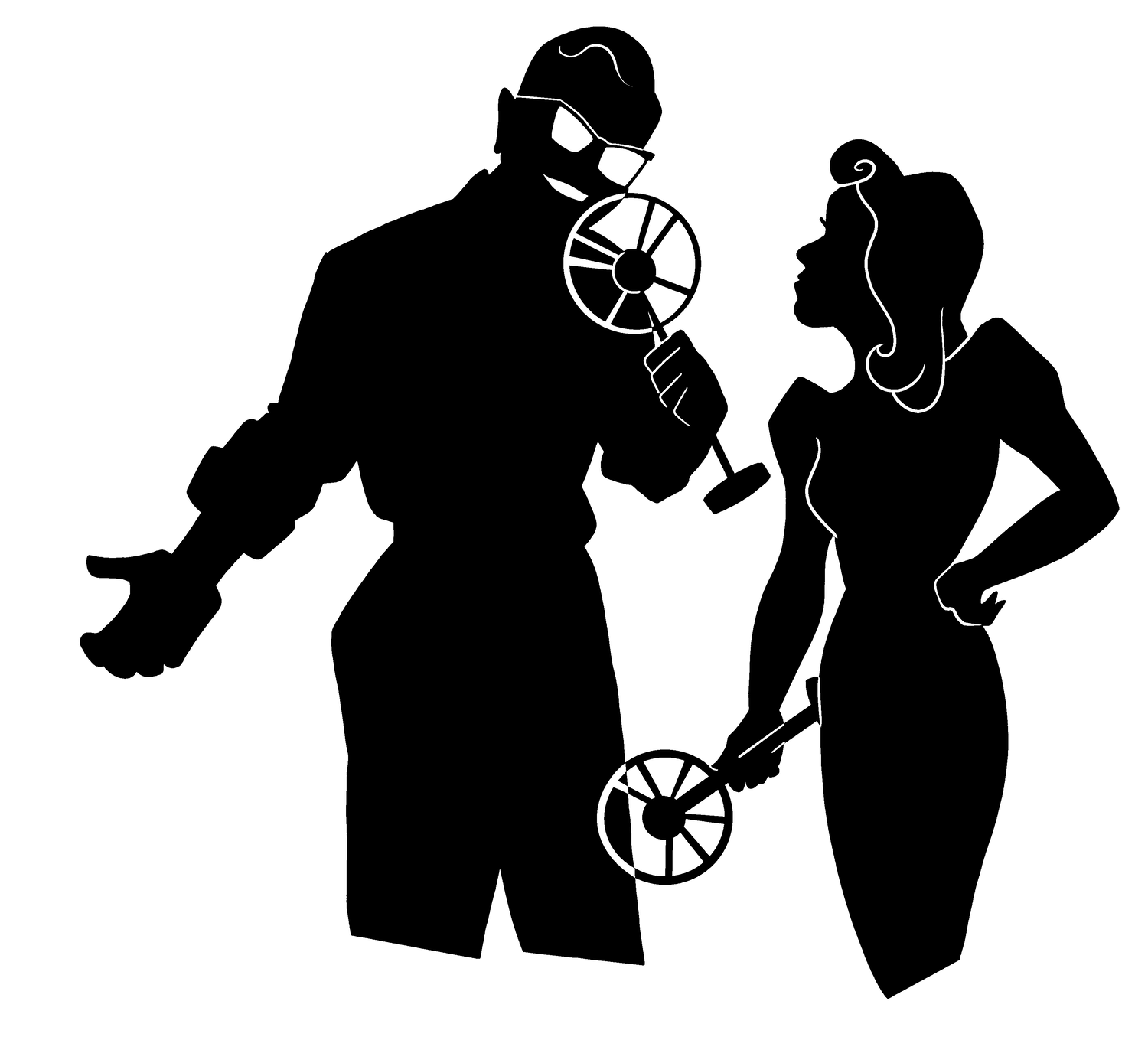202. The Sinister Trifecta: Conduct Disorder, ASPD & Psychopathy
Building on the last few forensic psychology episodes, the doctors explore how attachment disorders intersect with other childhood maladaptive conditions. From there, they trace the troubling progression into even darker psychological phenomena, revealing how these issues can escalate over time.
Resources
Antisocial Personality Disorder Symptoms, Causes & Treatment. (2024). Sheppard Pratt. https://www.sheppardpratt.org/knowledge-center/conditions-diagnoses/antisocial-personality-disorder/#:~:text=Antisocial%20Personality%20Disorder%20Causes%20The%20exact%20cause,include:%20Abuse%2C%20neglect%2C%20or%20mistreatment%20in%20childhood.
Baker, L. A., Bezdjian, S., & Raine, A. (2025). BEHAVIORAL GENETICS: THE SCIENCE OF ANTISOCIAL BEHAVIOR. Law and Contemporary Problems, 69(1-2), 7. https://pmc.ncbi.nlm.nih.gov/articles/PMC2174903/#:~:text=Key%20biological%20risk%20factors%20include%20hormones%2C%20physiological,been%20done%20using%20this%20approach%20to%20date.
Blanco, J. I. (2025a). Martin Bryant | Murderpedia, the encyclopedia of murderers. Murderpedia.org. https://murderpedia.org/male.B/b/bryant-martin.htm
Blanco, J. I. (2025b). Michael James Perry | Murderpedia, the encyclopedia of murderers. Murderpedia.org. https://murderpedia.org/male.P/p1/perry-michael-james.htm
Blanco, J. I. (2025c). Michael James Perry | Murderpedia, the encyclopedia of murderers. Murderpedia.org. https://murderpedia.org/male.P/p1/perry-michael-james.htm
Can extreme antisocial behaviour be traced back to the brain? (2024, November 4). Leiden University; search. https://www.universiteitleiden.nl/en/news/2024/11/can-extreme-antisocial-behaviour-be-traced-back-to-the-brain#:~:text=Impaired%20brain%20development%20Empathy%20may%20be%20the,combination%20of%20adverse%20biological%20and%20environmental%20factors.
Chapman, S. (1998, January 1). Over Our Dead Bodies: Port Arthur and Australia’s Fight for Gun Control. Www.opensydneyuniversitypress.au.com; Sydney University Press. https://open.sydneyuniversitypress.com.au/files/9781743320310.pdf
Chapman, S., Alpers, P., Agho, K., & Jones, M. (2006). Australia’s 1996 gun law reforms: faster falls in firearm deaths, firearm suicides, and a decade without mass shootings. Injury Prevention, 12(6), 365–372. https://doi.org/10.1136/ip.2006.013714
Confidential, S. (2023, December 12). L.A. Not So Confidential. L.A. Not so Confidential. https://www.la-not-so-confidential.com/episodes/164-prodigies-of-darkness-child-psychopaths
Gard, A. M., Dotterer, H. L., & Hyde, L. W. (2019). Genetic influences on antisocial behavior: recent advances and future directions. Current Opinion in Psychology, 27, 46–55. https://doi.org/10.1016/j.copsyc.2018.07.013
Grasso, D. (2019, May 2). Violent offender treatment effectiveness: What we know and where to from here? | Society of Clinical Psychology. Society of Clinical Psychology | Division 12 of the American Psychological Association. https://div12.org/violent-offender-treatment-effectiveness-what-we-know-and-where-to-from-here/
Jansen, L. M. C. (2022). The neurobiology of antisocial behavior in adolescence; current knowledge and relevance for youth forensic clinical practice. Current Opinion in Psychology, 47, 101356. https://doi.org/10.1016/j.copsyc.2022.101356
Junewicz, A., & Billick, S. B. (2021). Preempting the Development of Antisocial Behavior and Psychopathic Traits. Journal of the American Academy of Psychiatry and the Law Online. https://doi.org/10.29158/JAAPL.200060-20
Kahhale, I. (2022). Neural basis of antisocial behaviour. Nature Reviews Psychology, 1(3), 129–129. https://doi.org/10.1038/s44159-022-00027-1
Ling, S., Umbach, R., & Raine, A. (2019). Biological explanations of criminal behavior. Psychology, Crime & Law, 25(6), 626–640. https://doi.org/10.1080/1068316x.2019.1572753
Malathi L. Perugula, MD. (2017, April 13). The Biological Basis to Personality Disorders. Psychiatrist.com; Primary Care Companion for CNS Disorders. https://www.psychiatrist.com/pcc/biological-basis-to-personality-disorders/#:~:text=Psychopathic%20traits%20are%20associated%20with%20abnormalities%20in,psychopathy%20have%20been%20postulated%20but%20have%20limitations.
Mullen, P. E. (2007). Dangerous and severe personality disorder and in need of treatment. The British Journal of Psychiatry, 190(S49), s3–s7. https://doi.org/10.1192/bjp.190.5.s3
NHS website. (2021, February). Antisocial personality disorder. Nhs.uk. https://www.nhs.uk/mental-health/conditions/antisocial-personality-disorder/#:~:text=It's%20not%20known%20why%20some%20people%20develop,often%20grown%20up%20in%20difficult%20family%20circumstances.
Parker, N. (1991). The Garry David Case. Australian & New Zealand Journal of Psychiatry, 25(3), 371–374. https://doi.org/10.3109/00048679109062638
Raine, A. (2008). From Genes to Brain to Antisocial Behavior. Current Directions in Psychological Science, 17(5), 323–328. https://doi.org/10.1111/j.1467-8721.2008.00599.x
Raine, A. (2019). The neuromoral theory of antisocial, violent, and psychopathic behavior. Psychiatry Research, 277, 64–69. https://doi.org/10.1016/j.psychres.2018.11.025
